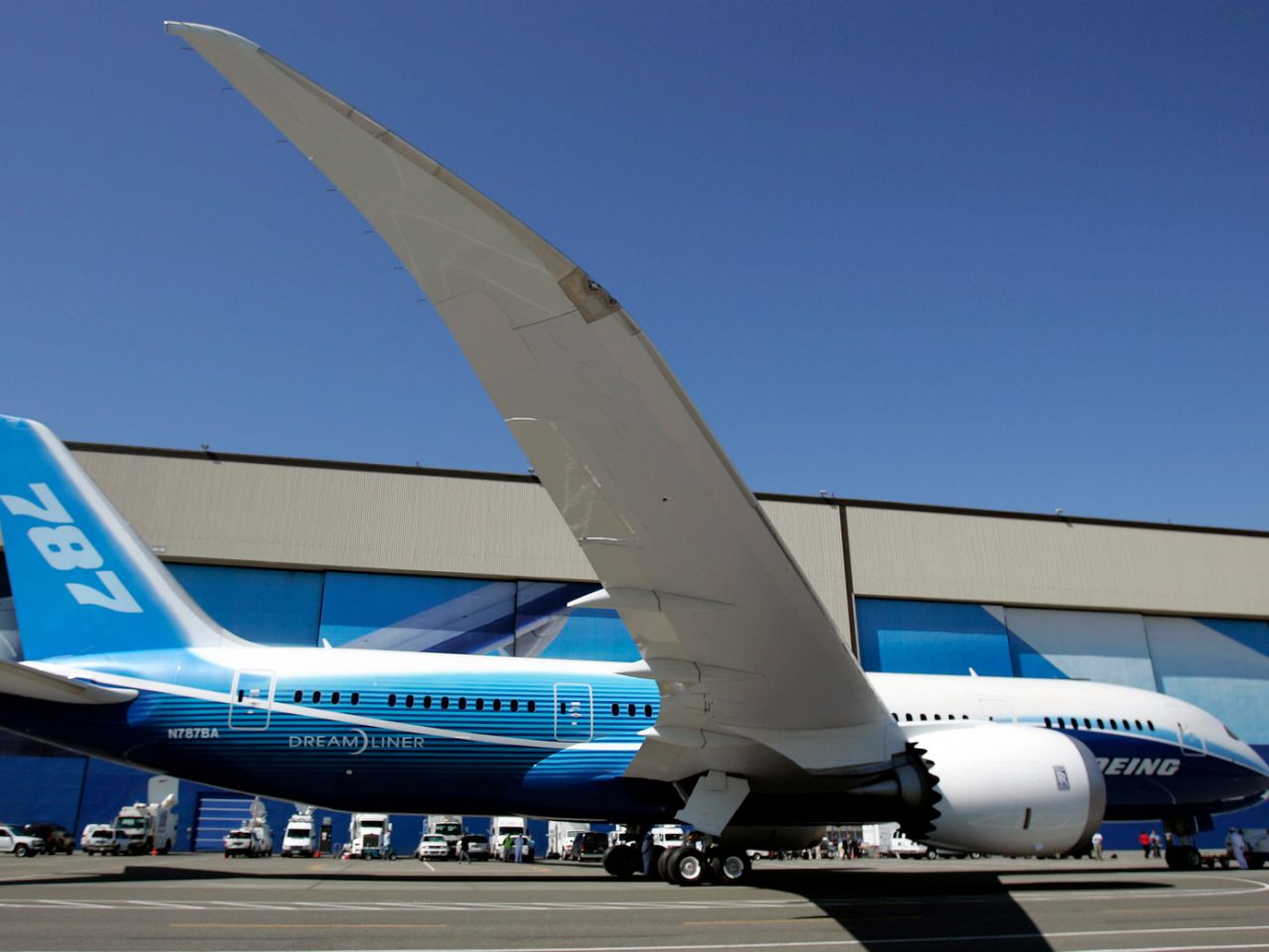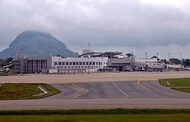Robert Sorbo/Reuters
- The Boeing 787 Dreamliner was the first next-generation plane to be produced by a major aircraft manufacturer, kicking off a new era of efficiency.
- The aircraft was produced following the success of the Boeing 777, the manufacturer’s largest twin-engine wide-body aircraft.
- The Dreamliner became one of Boeing’s best selling aircraft, leaving rival Airbus trying to compete with its A350 XWB and A330neo aircraft.
- Its production wasn’t without setbacks and current aircraft face problems today due to Rolls Royce engine issues, but the Dreamliner is still widely popular with both airlines and passengers and can be seen all over the world.
- Visit Business Insider’s homepage for more stories.
The Boeing 787 Dreamliner is the aircraft that kicked off the next-generation revolution in air travel and showcased how the future of air travel could be more efficient and beneficial for airlines and passengers alike.
Unlike other aircraft that were debuting in the early 2000s including the Airbus A380 and Boeing 747-8i, the Dreamliner’s strong suit wasn’t size, but performance.
Boeing decided to go smaller with the Dreamliner, hoping to ride the wave of the twin-engine revolution that the manufacturer helped start with the Boeing 777, its best-selling aircraft of all time. It was a high-stakes gamble that would determine Boeing’s future in the industry for years to come.
The Dreamliner would employ composite materials including carbon-fiber to make the aircraft lighter and feature efficient engines from Rolls Royce and General Electric that would give it an extended range while reducing fuel consumption.
Though its production was marred with delays and issues, the Dreamliner has grown to be one of the most popular aircraft among airlines thanks to its efficiency and reduced operating cost. Boeing is largely credited for kicking off a new era for the industry with the ultra-modern jet that saw rivaling manufacturers rushing to compete.
Take a look at the aircraft that changed the course of Boeing and aviation forever.
The Boeing 787 Dreamliner brought aviation into a new next-generation era when it took its first flight on December 15, 2009, and represented the future for Boeing Commercial Airplanes.
Robert Sorbo/Reuters
Source: Boeing
After years of building wide-body aircraft with four engines, it wasn’t until the 1990s that Boeing shifted to twin-engine wide-body aircraft.
tpallini@businessinsider.com (Thomas Pallini)Business Insider














